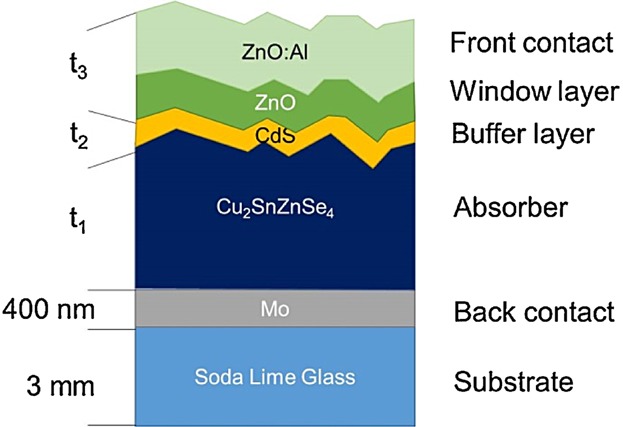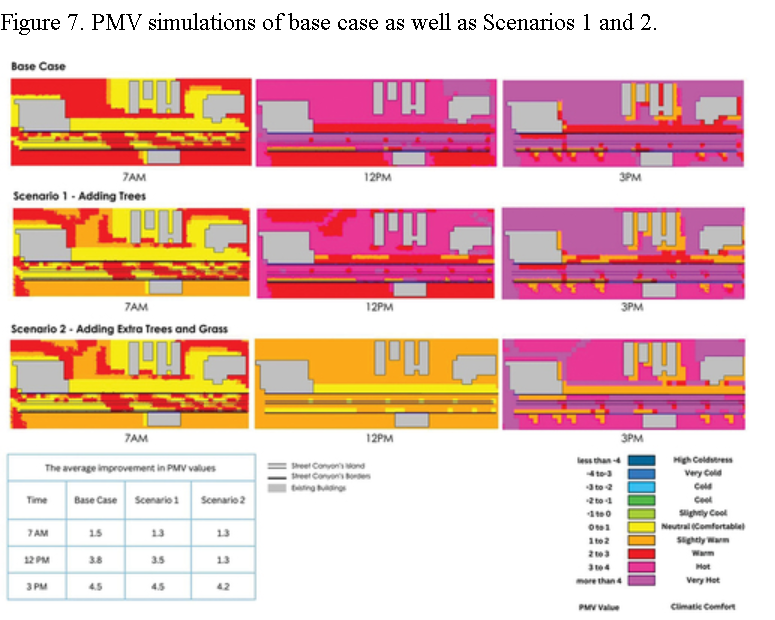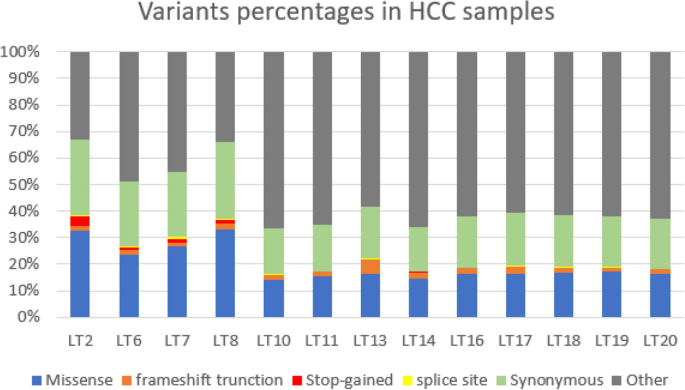

Refractive index extraction and thickness optimization of Cu2ZnSnSe4 thin film solar cells
Cu2ZnSnSe4 (CZTSe) thin film solar cells are promising emergent photovoltaic technologies based on low-bandgap absorber layer with high absorption coefficient. To reduce optical losses in such devices and thus improve their efficiency, numerical simulations of CZTSe solar cells optical characteristics can be performed based on individual optical properties of each layer present in the cell structure. In this contribution, we have first determined the optical coefficients of individual thin films (i.e., (n, k) of the absorber, buffer, and window layers) to build a realistic model simulating the optical behavior of the whole cell stack we propose. Optical characterization was performed using two approaches, one based on ellipsometry measurements for characterizing thin flat cadmium sulfide (CdS) and zinc oxide (ZnO) layers and the other relying on reflectance and transmission (R/T) analysis for the rough CZTSe absorber. Then, we performed numerical simulations using as input experimental optical parameters predicting optimal CZTSe cell structure minimizing optical losses. The impact of each layer's thickness on the cell's short-circuit current has been studied. A set of optimal thicknesses of each of the active layers was proposed. Finally, the proposed optical optimization was experimented practically leading to CZTSe cells with 9.7% and 10.4% efficiencies. © 2015 WILEY-VCH Verlag GmbH & Co. KGaA, Weinheim.



